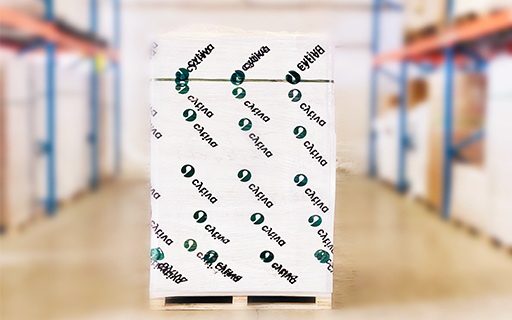With the continuous advancement of science and technology, the application of packaging materials in the field of factory manufacturing will be more extensive and in-depth. The research and development and application of intelligent packaging materials will become a future development trend. For example, temperature-sensitive packaging materials can issue warnings when the product temperature is abnormal, ensuring the quality stability of temperature-sensitive products such as fresh food and medicines; humidity-regulating packaging materials can automatically absorb or release moisture, maintain a suitable humidity environment inside the package, and extend the shelf life of the product. In addition, personalized customization of packaging materials will also become more popular. With the help of advanced digital printing technology and flexible manufacturing processes, factories can quickly produce packaging materials with unique patterns, texts and functions according to the specific needs of customers, meet the market's diversified and small-batch customization needs, and provide customers with more competitive product solutions. In short, packaging materials play a full-scale and multi-level key role in the factory manufacturing process. From product protection, warehouse management to logistics and transportation, brand image building, to innovation-driven future prospects, careful selection and innovative application of packaging materials will bring factories higher production efficiency, lower cost expenditures, stronger market competitiveness and a better sustainable development future. Let us work together to explore the infinite possibilities of packaging materials in the field of factory manufacturing and create industry brilliance together.






